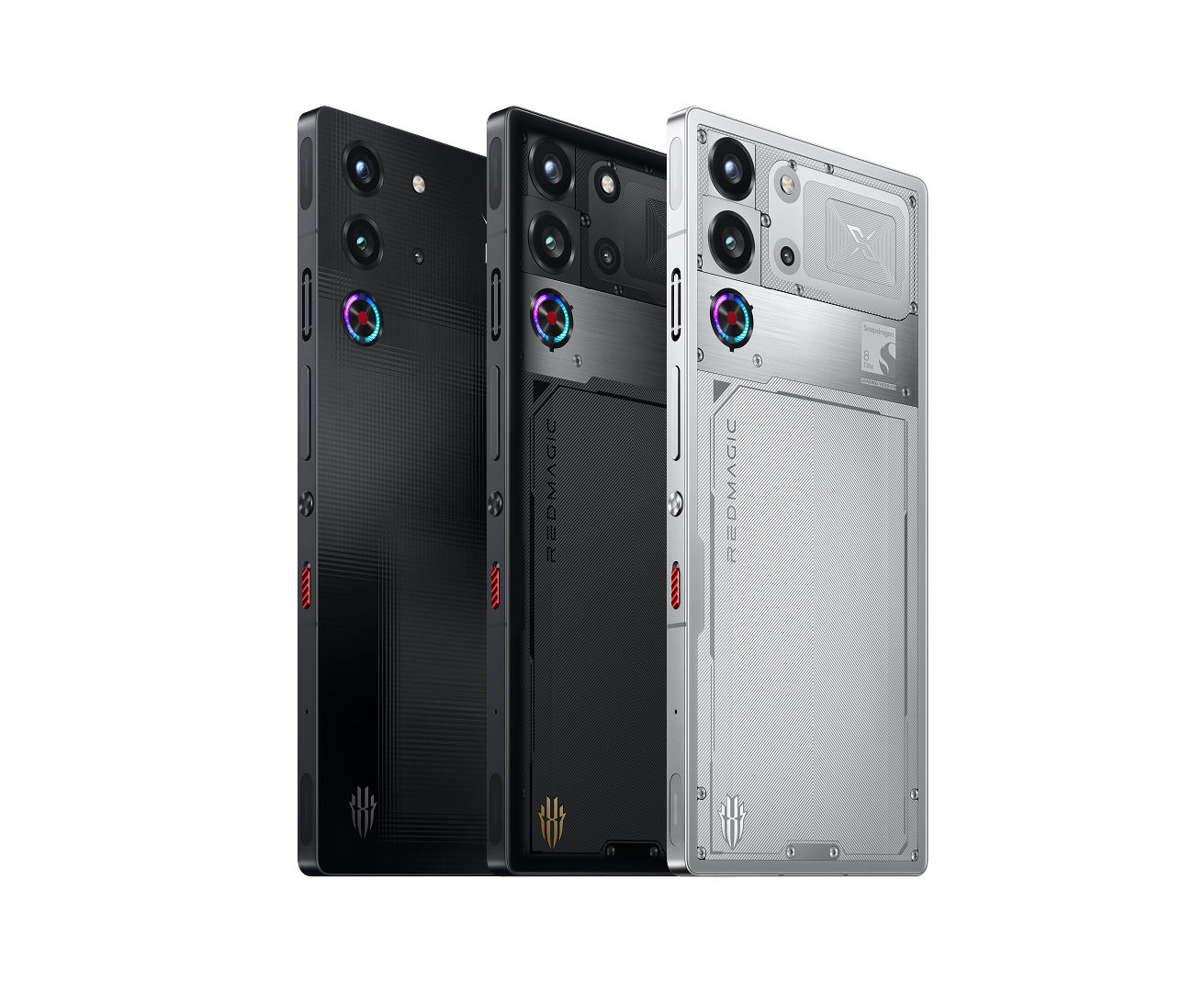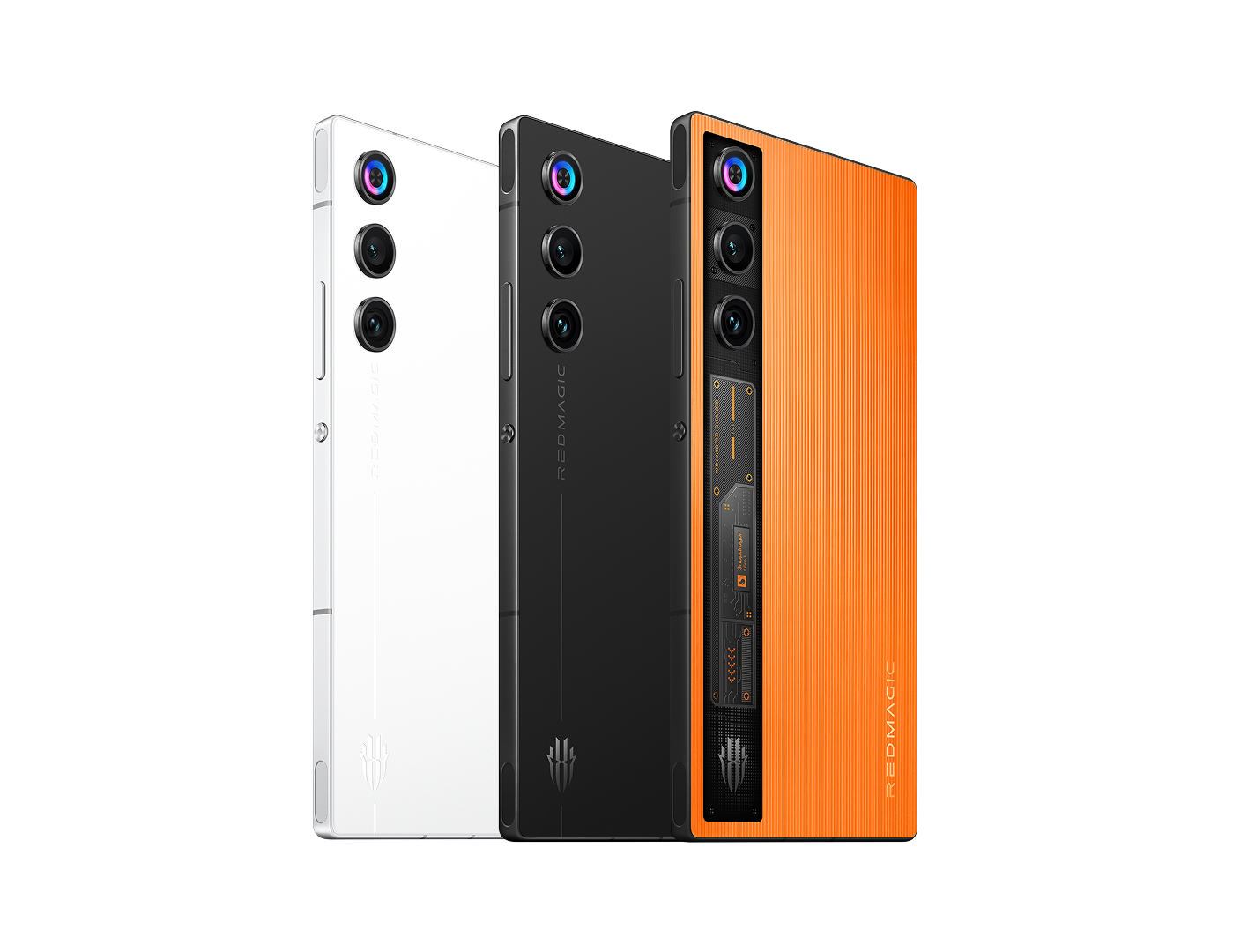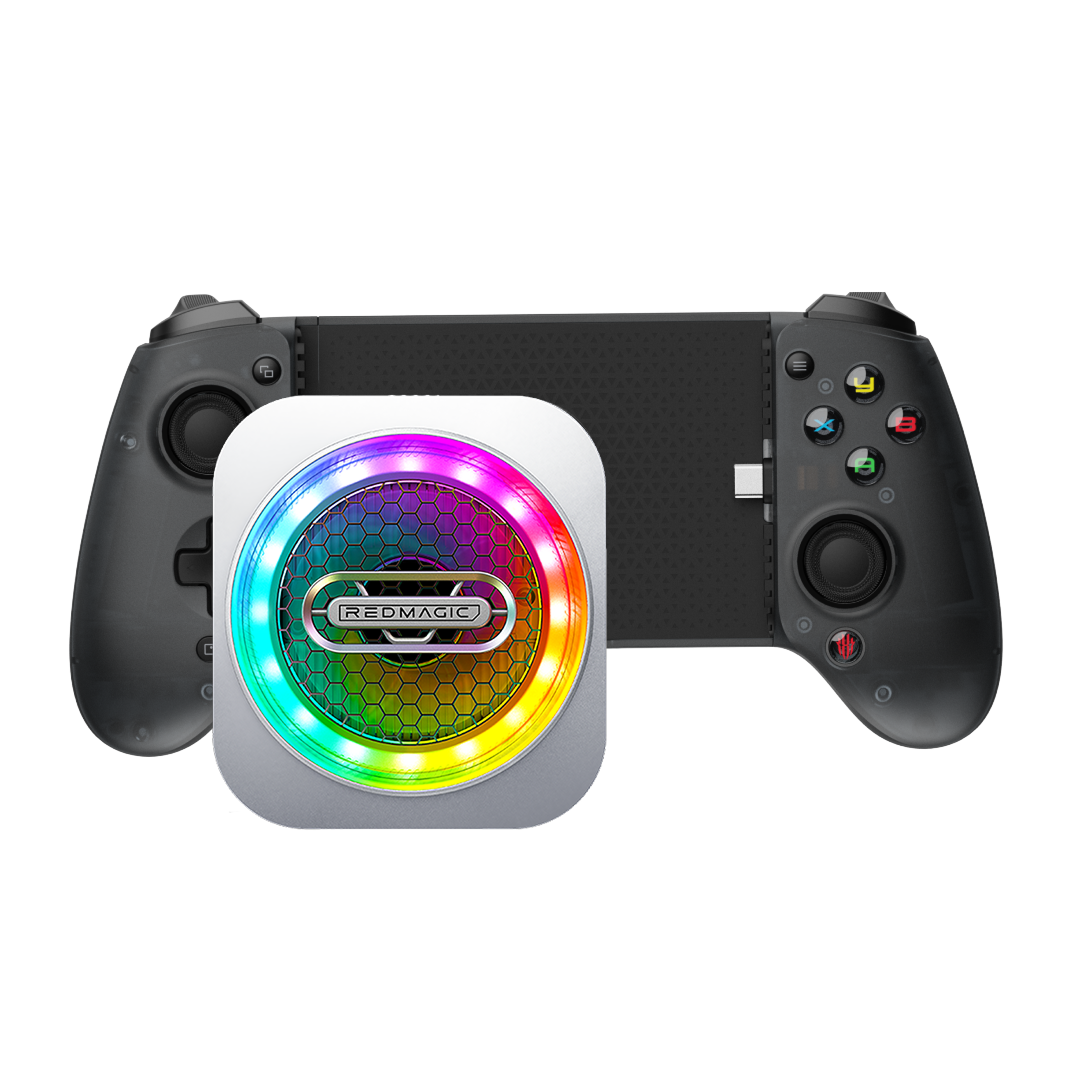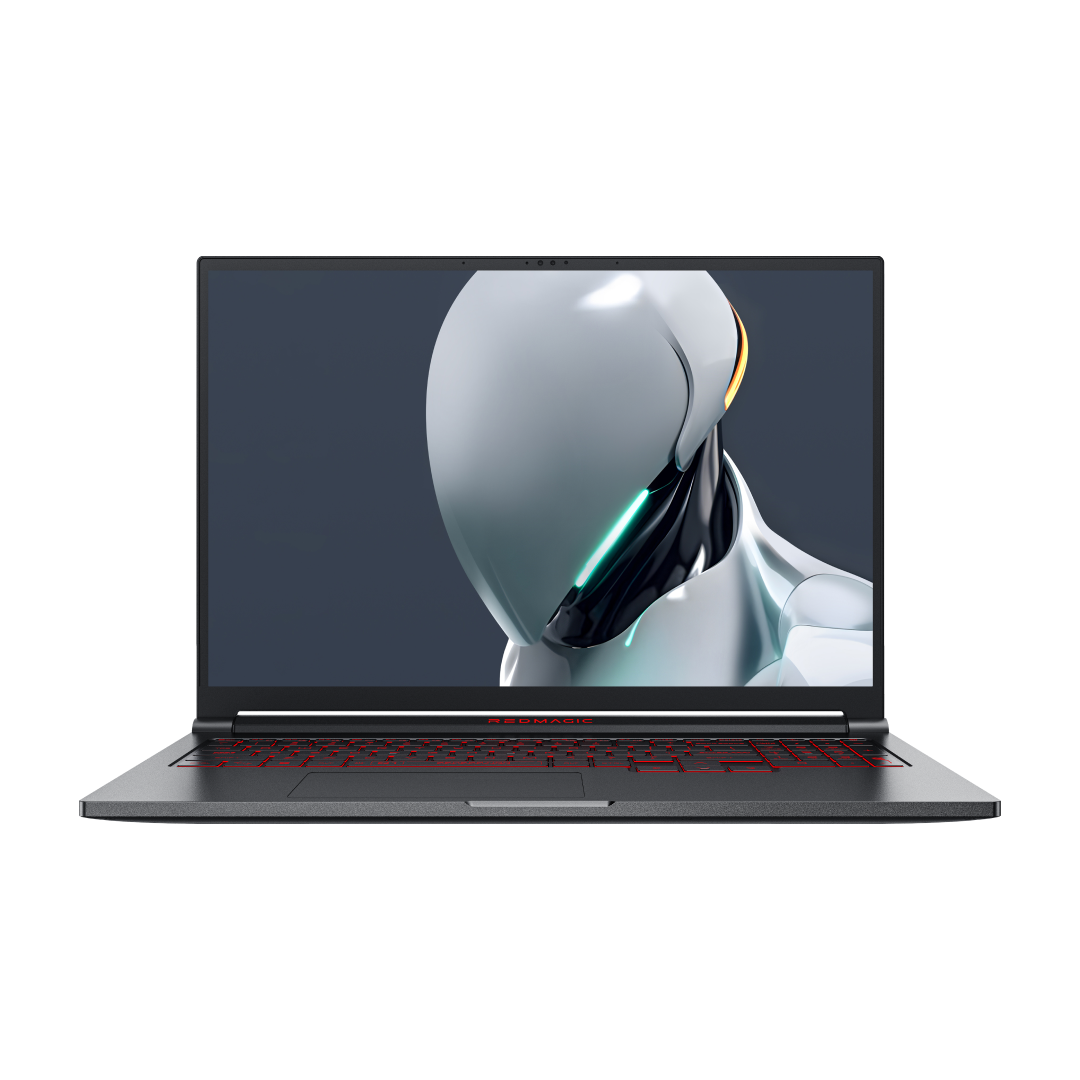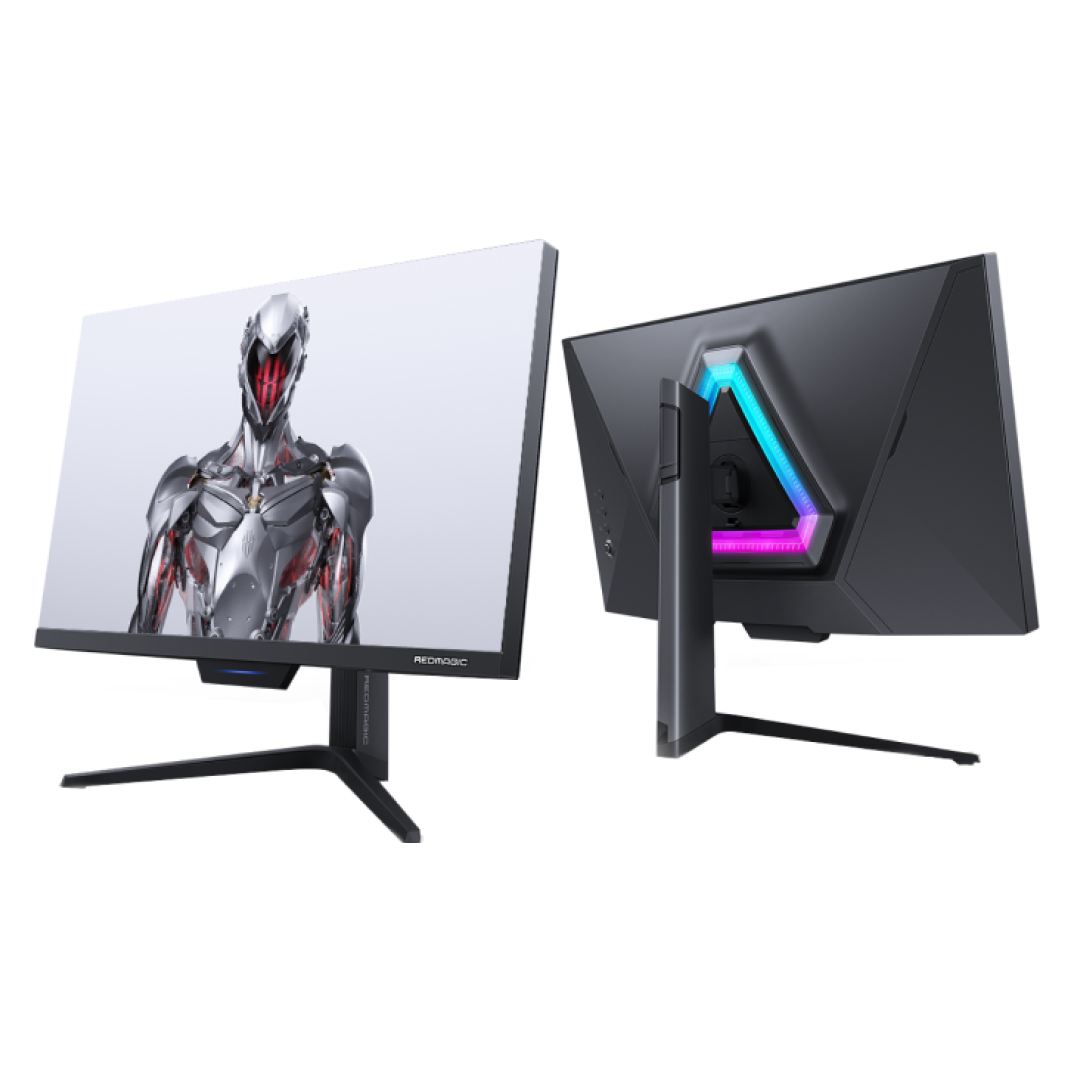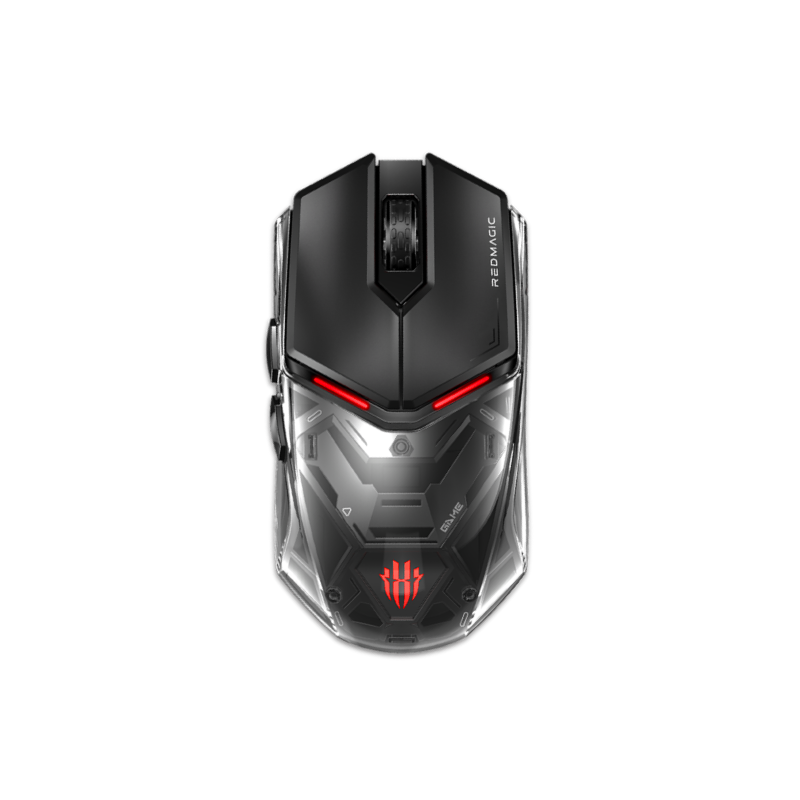
I’ve been a flagship-phone user for over a decade now, always trying the latest and greatest when I have the opportunity. Over 10 years ago I was using early Windows Mobile devices so I could do internet things (extremely slowly) while most people were still using “dumb phones”. I’ve had Android phones, Blackberries, iPhones, folding phones, tiny phones, giant phones, but this is the first “gaming phone” that’s entered my orbit. I have briefly considered some previous gaming phones, but I value weather resistance and mobile photography as much as a good screen and gaming performance these days, so I hadn’t taken the plunge. When REDMAGIC offered to send their latest 7s Pro smartphone for review, I jumped at the chance to try something like this out. Can it supplant my Samsung Galaxy S22 Ultra as my daily driver, or will the GAMER focus detract from the everyday utility that I also need? As usual, read on to find out.
What is it?
The REDMAGIC 7S Pro smartphone is an Android-powered gaming smartphone, using the latest and fastest available chips for gaming (at least on Android). The model I’m reviewing has a ridiculous 18 gigabytes of RAM (2 more than my $1500+ gaming laptop!), an OLED screen, and an active cooling system (a fan) to squeeze even more performance out of the Snapdragon 8+ Gen 1 chipset. There are multiple colorways and storage sizes available including a very snazzy white/grey one that looks like this:
What’s in the box?
REDMAGIC 7S Pro smartphone
65 Watt wall charger and USB-C to USB-C cable
TPU protective case
SIM card tray installation tool
Manual
Hardware specs
Height: 166.27 mm
Width: 77.1 mm
Depth (at center): 9.98 mm
Weight: 235 grams
Materials: Glass front and back / Metal frame / “Metal Synthetic Rear”
Display size: 6.8″ AMOLED FHD+ (2400 x 1080 pixels)
Refresh rate: 60/90/120 Hz
Touch sample rate: 960 Hz multi-touch
Display brightness: 600 nits max
Display material: Corning® Gorilla® Glass 5
Color Gamut: 100% DCI-P3
Cooling system: 59 blade fan, 20,000 RPM speed, 30,000 hour tested life
Cooling system materials: Aircraft grade aluminum alloy vapor chamber, high thermal conductivity copper foil, thermal gel, graphite thermal pad, graphene composite phase change material
Chipset: Qualcomm® Snapdragon™ 8+ Gen 1 up to 3.2 Ghz with Adreno™ GPU and Red Core 1
Connectivity: dual nano-SIM, up to 5G support, see here for specific bands
Connectivity cont’d: WiFi6 802.11ax 2×2, Bluetooth 5.2 and Bluetooth Milan compliant BLE long range. GPS and GLONASS positioning, NFC, HDMI-over-USB supported
Rear Cameras: 64 MP main, 8 MP and 2 MP secondary sensors. Up to 8k video at 30 FPS recording supported, up to F1.79 aperture.
Front Under-Display camera: 16MP, up to 1080P at 30fps video
Sensors: under-display fingerprint, compass, gyroscope, proximity, light sensor
OS: RedMagic OS 5.5 based on Android 12
Battery: 5000 mAh dual cell battery
Charging: supports quick charging up to 65 Watts (65W GaN charger included)
Ports: USB 3.0 type C, Dual nano-SIM, 3.5 mm Audio Jack
Shoulder touch sensors (triggers): 520 Hz touch sample rate touchpads
Design and features
The first thing I noticed when I held the RedMagic 7s Pro was that it wasn’t as big or heavy as I had feared it would be. The tapered back makes the device feel slimmer in your hands, despite it having a fairly thick center. It weighs less than an iPhone 13 Pro Max, while being roughly the same size height and width. So, it’s a big phone, but so are the latest flagship phones from Apple and Samsung, among others. On the top is a 3.5 mm headphone jack.
In the photo above, you can see the shoulder triggers (touch sensitive pads), fan grills for the active cooling system, and the power and volume buttons.
On the left side of the phone lives a single button – the RedMagic gaming-mode slider. When toggled, the phone enters a dedicated gaming mode (which you can customize). By default, this does things like turning on the active cooling fan and launching a game center that I’ll cover later in the review.
On the underside of the phone we have a speaker cutout and the USB-C charging and data port. The dual-SIM tray is also here on the bottom.
The center of the back feels like a plastic material, surrounded by glass, which is covering printed specs and designs. Overall, I like the look, though I’m sure this design would be polarizing to some.
RedMagic also included a TPU (rubbery/flexible) case, which fits the phone perfectly as can be expected. This protects the glass back and metal frame from scratches and bumps, and also adds a lot more grip to the phone. The phone feels very sleek in the hand, but like most glass phones it can also be slippery at times.
Note the cutouts above for the fan exhaust and shoulder triggers.
The cameras are gathered into a square camera system. Here we have 3 different cameras and the LED flash.
In the shot above you can see the turbo fan with RGB lighting in action. This can be toggled on from the phone’s Quick Controls menu, and also automatically turns on depending on user settings (such as when a game is launched).
Above is a final shot of the fan’s exhaust with the lighting on. The active cooling seemed to work as advertised – when I ran multiple benchmarks or demanding games for long periods of time, I didn’t see thermal throttling or reduced benchmark results over time like you would see with most phones. The ICE 10.0 cooling system was impressive. The fan sounds like a white noise machine on a low setting. It’s audible in a quiet room, but doesn’t have any high pitched whine – just airflow.
Installation and setup
I don’t usually post pictures of the product box itself, but this one was no ordinary phone box. The gamer and anime themes extend into the phone personalization options as well.
I started by inserting my T-Mobile SIM card (all my testing was done on WiFi and T-Mobile networks). This was just like any other phone, and as a bonus in the picture above you can just make out the factory-installed screen protector. I always appreciate this, since every single time I’ve tried to do my own screen protector I’ve gotten dust under it that annoys me for months. There’s no micro-SD storage slot, but with the 512 GB onboard storage on the unit I tested, I wouldn’t have needed more.
The next setup steps were very typical of any modern Android phone, except for the screen above. I’m always wary of Chinese-based companies and data privacy, so allowing additional location tracking was something I did not opt into. It appears they’re only sending data in the US and storing on-device, but I just wanted to note this since it was a new screen to me.
Google Pay wouldn’t finish setup: “This may be because it is rooted or altered in some other way”. I would hope that this is resolved in the future, but I’ve had some Chinese Android watches in the past that simply never supported Google Pay, even though they contained NFC technology and allowed installation of Google Pay. There’s probably a licensing/registration step they haven’t done on their end, but I’m no expert on that.
I’ve had bad under-display fingerprint readers before, but this one is not one of those. 95% of the time it was almost instantaneous, though there were a few times over a few weeks where it didn’t seem to wake up when I was pushing my finger on the right spot. This didn’t happen often enough to be a serious annoyance, most of the time it worked very well. Those few times it didn’t respond I simply pressed the power button and the phone woke right up.
After setup, the battery was at about 40%, so I plugged in the included 65 watt GaN charger and was pleasantly surprised to see how fast the battery percentage meter started filling up. In the image below you’ll see how I was prompted to auto-enable the cooling fan during fast charging (which allows it to charge the fastest). I also have a screenshot below of the fan settings and the initial homescreen after setup.
There wasn’t too much in terms of bloatware except for a strange browser. I was able to install everything I would normally use on a phone, and everything worked without hiccups (except the previously mentioned Google Pay not working). I did receive a message from T-Mobile that my device settings were automatically changed, and it always worked great on their network (though sometimes on 4G LTE rather than 5G). Apparently the 5G support only includes one or two of T-Mobile’s bands, but in my town I often alternate between 4G and 5G on my regular phone with full band support, so I noticed no discernable difference in everyday use.
Next up, I changed the screen refresh rate to 120 Hz (the default 90 Hz looks great, but 120 Hz is even more buttery smooth and with the monster battery life I had no issues just leaving that on all the time). Above you can also see one of the many included themes, most of which are gamer/anime focused, but there’s also some artistic and abstract options as well. Since this is Android, you can use any launcher, theme, icon set, or wallpaper you like as well. The included themes also have some animated lock screens that can match prebuilt wallpapers, making for a cool power-on effect each time you unlock the phone.
The interface is a customized version of Android, but for the most part it was very user friendly. I did run into a few obviously translated-from-Chinese bits though where a strange word choice would be used instead of a more frequent expected one. There were also some spots where words were wrapped/cut-off mid word (again, I’m sure because the Chinese characters fit the UI design perfectly but when translated to English the text was much longer). I never had any issues finding settings or using the phone, but the small translation oddities were frequent enough to be noticeable.
Performance
Look at that screen! The under-display selfie camera (top-center) was completely invisible to my eyes for almost all of my use. The only time I saw when I wasn’t actively using it was when I was in direct bright sunlight (in this scenario the whole screen cranks up to 600 nits – except for the small patch around the under-display camera, making it noticeable). This results in a phone with narrow bezels that looks like it’s almost all screen. Colors are bright and vibrant, blacks are deep black, resolution was good to my eyes, I never noticed pixilation or blurriness of any kind. When placed next to the latest Samsung or iPhone you might notice that they have slightly better colors or max brightness, but during daily use it is great.
When you toggle the Gaming Mode button, the dedicated Game Space Center launches, showing your “gaming career” stats. This includes some options and settings to reduce notifications/calls/distractions, as well as prevent accidental gesture swipes taking you out of a game. Game time stats are stored and shown. None of this was very exciting to me except for the easy place to launch all my games, but some aspiring e-sports players could benefit from these stats and features.
I tested gaming first by playing Android native games like Call of Duty Mobile, Genshin Impact, and Diablo Immortal. Every one of these played better than I’ve seen them before, you really do get just about the best performance possible on the market today. The active cooling fan does a great job of keeping the phone cool even during intense long gaming sessions – the device never felt warm and I noticed no slowdowns or lag when gaming for longer sessions. The large battery is good for hours of gaming – I was never able to run it down in a single session (my eyes or hands give out long before the phone), and the ultra fast charging tops you back up in 30 minutes or less from all but a fully empty battery.
Geekbench benchmarks returned a score of 1324 single, 4134 multi-core, within margin of error of the latest and greatest Asus Rog gaming phone’s results with the same chip. For hundreds of dollars cheaper, you get the same gaming power, plus built-in active cooling instead of relying on a power-sucking external clip-on cooling fan (though it looks like RedMagic also offers a beefy version of that external cooling system too).
The super high sample rate touch sensitivity on the screen helps to create an ultra responsive and smooth experience. For gaming, your finger inputs result in instant results. The haptic shoulder triggers can be “mapped” to different spots on the screen, which can be very useful in many games (you can then tap those triggers to fire off abilities or shoot or aim, whatever your preference). The interface to configure this was easy to figure out, and worked in every game I tried it in (since it’s just emulating a finger press, it should work in any game that responds to finger taps anywhere on the interface). My only complaint with the shoulder triggers would be the ergonomics, even with my big hands I had to adjust my grip to keep my fingers in reach of those triggers, a slightly unnatural grip. There’s not much RedMagic could do about this except make the phone smaller, which would then detract from the lovely screen experience.
When I added a Razer Kishi USB-C mobile grip controller, this already capable gaming phone transforms into a mini-Xbox or Playstation. You get an experience almost like a Nintendo Switch, but with a bigger and better screen. Combined with my Xbox Gamepass Ultimate subscription, I was able to play hundreds of games streamed over WiFi (the WiFi on this device was always phenomenal for me). The end result was fantastic: this is the mobile gaming experience I’ve always dreamed of.
For Android games that support controller input, the experience is also great. Minecraft ran at all high/ultra settings with draw distance to maximum without breaking a sweat. Diablo Immortal ran super smooth with every setting cranked to maximum.
What I like
Everything about it is fast – gaming, internet speeds, display refresh, touch response.
Price for performance – blistering fast while being much cheaper than other gaming phones with the same chip
Excellent screen
Fast charging and included high-wattage charger
Not too big or heavy compared to other modern flagships
Unique back design
What I’d change
I wish the cameras were better. Images ranged from fine to lousy, especially in lower light conditions.
As cool as the under-display selfie camera is for an uninterrupted display, video calls and selfies were washed out and blurry
Wireless charging and at least splash water resistance would make this an even better everyday phone
Final thoughts
I love gaming on the REDMAGIC 7S Pro. This review has been a genuine pleasure. I really wish they’d gone with just a bit better cameras, in which case I’d have sold my Samsung Galaxy S22 Ultra in a heartbeat and rocked this as my daily driver. The battery life, the power, and the screen all make for a fantastic experience. If you’re looking for a gaming phone with unique looks and more power under the hood than nearly any other handheld device out there, you may have just found the perfect option, provided you don’t want wireless charging, weather resistance, or good photos. If I was getting this for gaming myself, I’d combine it with something like the recently reviewed Gamesir X3 Type-C gaming controller for a perfect mobile gaming experience.


